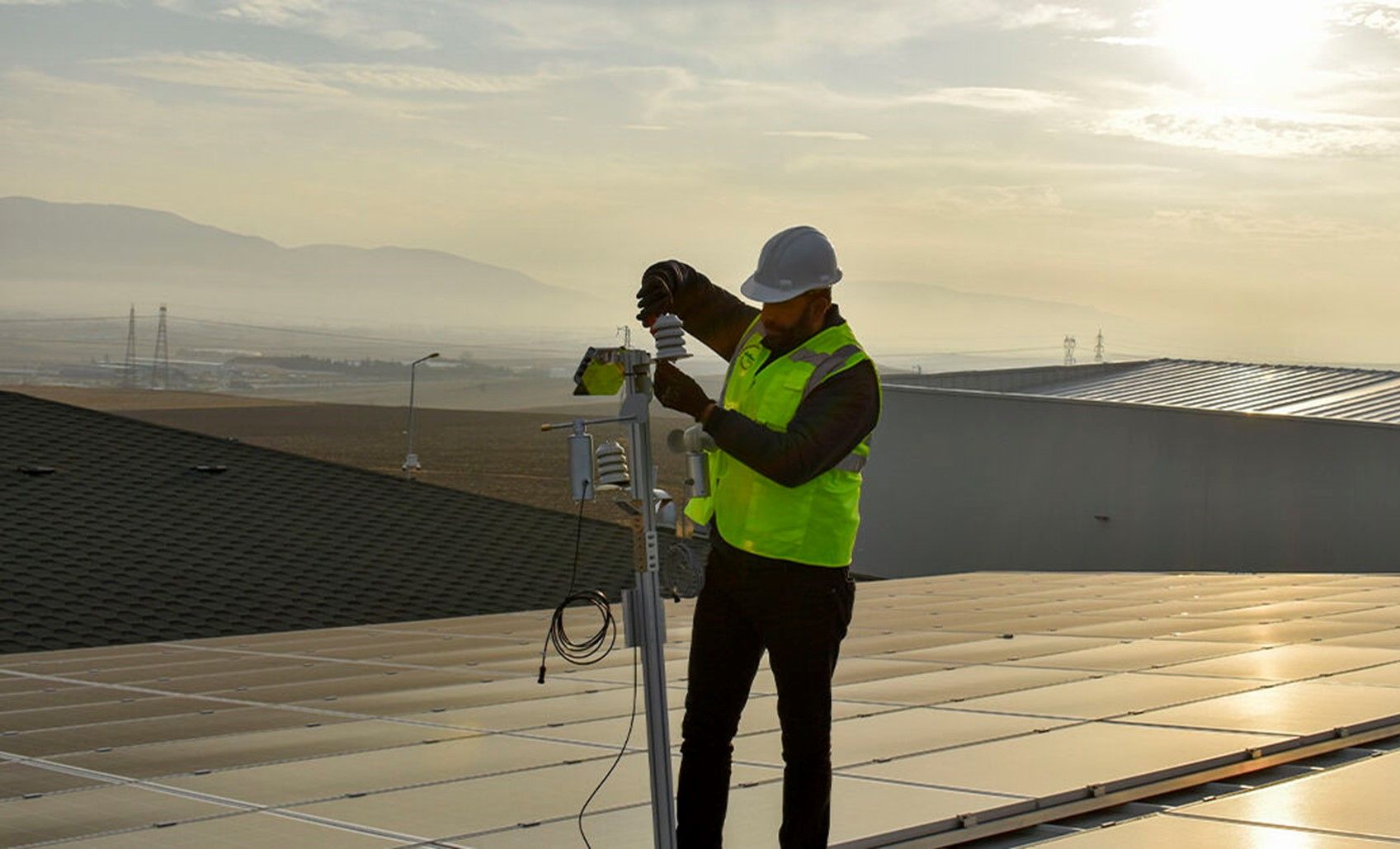Photovoltaic (PV) plants are an essential component of the renewable energy mix, and their efficiency is critical to ensure a sustainable future. The efficiency of PV plants is highly dependent on weather conditions, and meteorological sensors play a crucial role in monitoring these conditions. These sensors collect and analyze data such as irradiance, temperature, wind speed, and humidity, which are then used to optimize the performance of the PV plant.
What is the Meteorological Station?
Meteorological Station, also known as Meteo Station or MET station, is including different sensors that measure various weather parameters such as solar radiation, wind speed, wind direction, temperature, and humidity, which are critical in determining the efficiency and performance of the PV plant.
Solar radiation is the primary source of energy for PV plants, and measuring it accurately is crucial for calculating the amount of energy that can be produced. Wind speed and direction sensors are essential for tracking and predicting wind patterns that can affect the operation of the PV plant, such as when wind speeds are too high.
Temperature and humidity sensors provide additional information on the environmental conditions that can impact the performance of the PV panels. For instance, high temperatures can cause the efficiency of the PV panels to decrease, while high humidity can cause corrosion and damage to the equipment.
Using meteorological sensors to monitor these environmental parameters allows operators to optimize the operation of the PV plant and increase its overall efficiency.
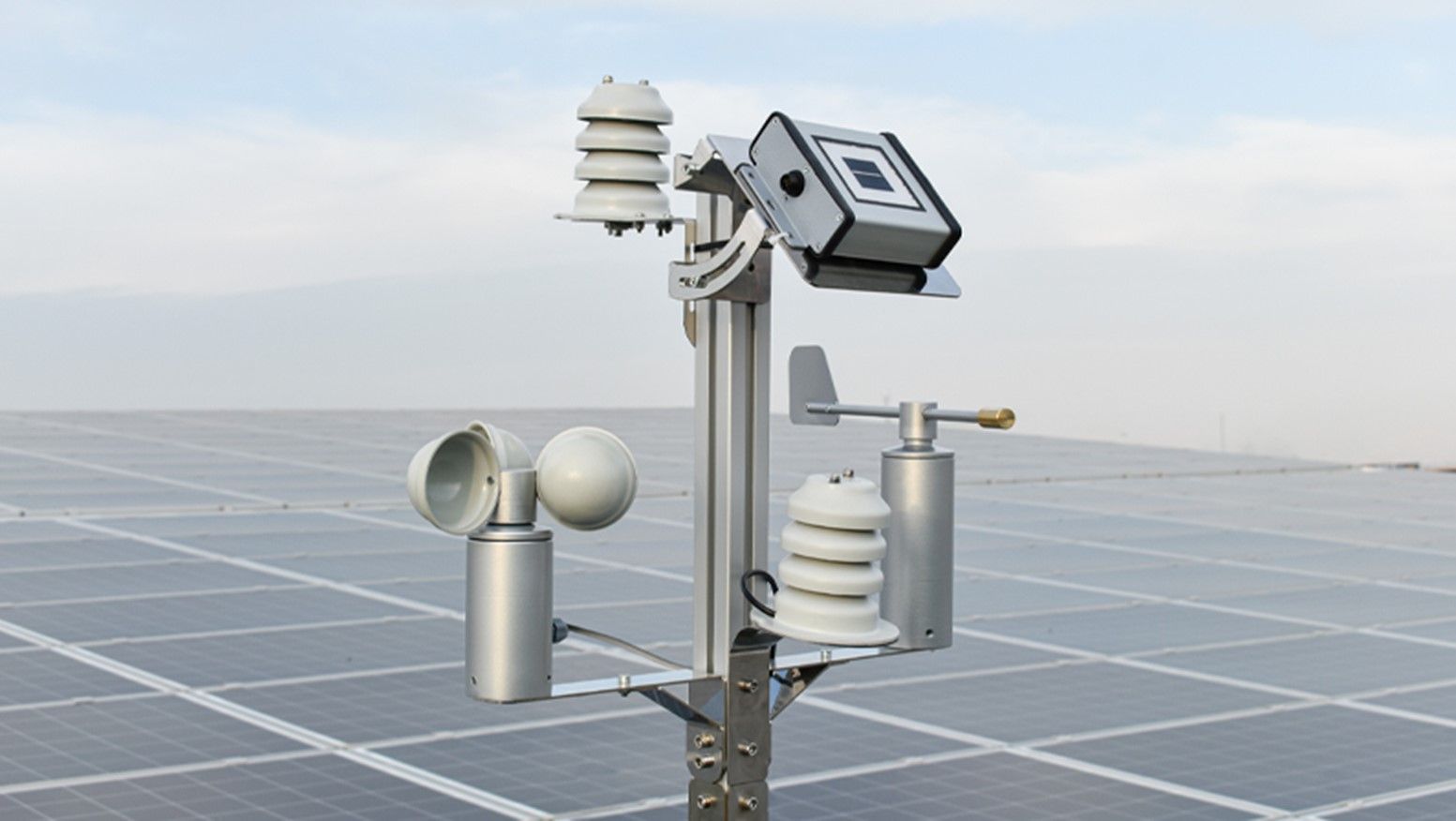
The Different Types of Meteorological Sensors Used in PV Plants
There are several types of meteorological sensors used in PV plants, each with its unique functionality and application. The most common types of meteorological sensors used in PV plants are irradiance, ambient & back of module temperature, wind speed and direction, and relative humidity sensors.
Irradiance Sensors
Irradiance Sensors, known in the market as Pyranometers, measure the amount of solar radiation received by the solar panels, and this enables the plant operators to calculate the performance Ratio of the PV Plant. The performance ratio is calculated by comparing the actually produced energy in a given time period with the energy that had to be produced as per the irradiance value measured by the Irradiance Sensor.
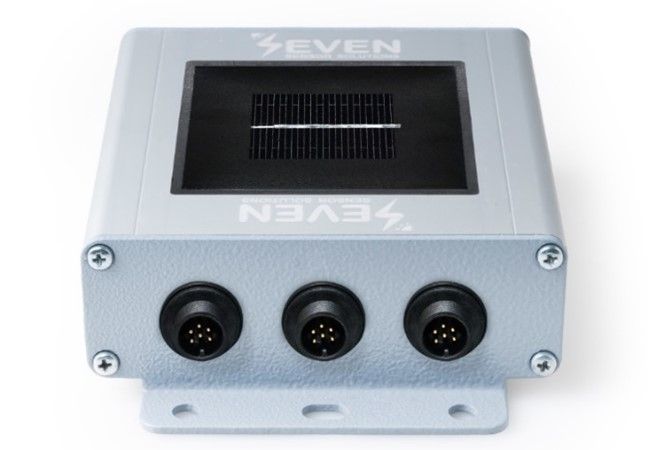
Module Temperature Sensors
The Module Temperature Sensors measure the back of module temperature, which is used while calculating the performance ratio of the solar plants. In fact, the performance ratio of a PV plant is strongly dependent on temperature. Measuring the back of module temperature enables the calculation of temperature-corrected performance ratio. As per IEC61724-1:2021, the Module Temperature Sensor is used for determining temperature related losses.
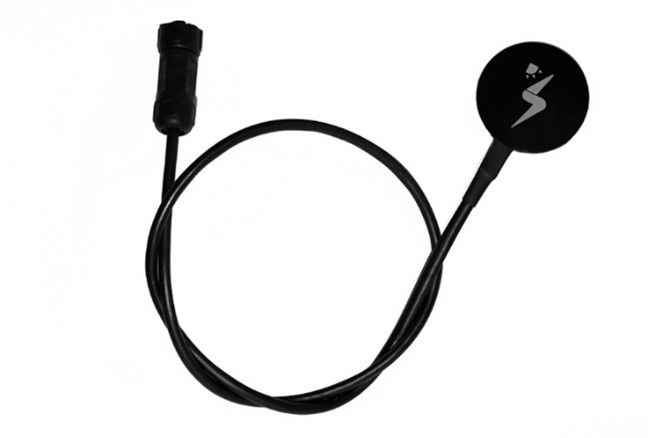
Ambient Temperature Sensors
The Ambient Temperature Sensors measure the ambient temperature, which is important for analyzing the performance of the solar panels as high temperatures can reduce the efficiency of the panels. As per researches, for every degree centigrade the temperature rises over 25 ºC, the efficiency of a typical PV module drops by around 0,5%. The Ambient Temperature Sensor needs to be installed in a protective shield to provide the correct measurement of the air temperature. As per IEC61724-1:2021, the Ambient Temperature Sensors is used for the estimation of PV temperatures when connected to prediction models.
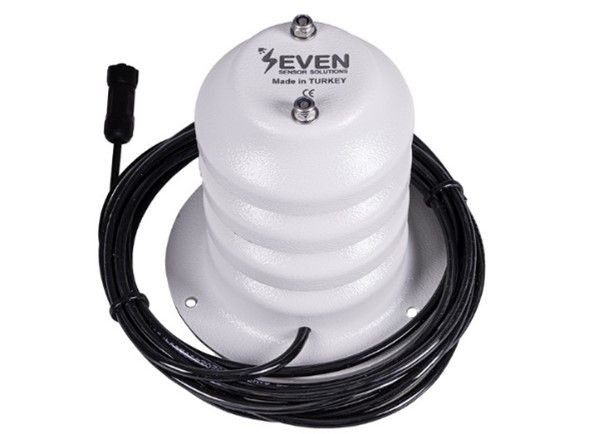
Wind Speed & Directions Sensors
Wind Speed Sensors, known also as Anemometers, and Wind Direction Sensors measure, respectively, the wind speed and wind direction in the plant, which are used for estimating module temperatures. In fact, the wind has a significant effect on PV module temperature. As PV surface temperatures are hotter than ambient air, wind cools them down, which means increasing their efficiency and output in warm environments. Wind also can have an effect on soiling, so knowing wind conditions can play an important role in soiling monitoring. Last but not least, Wind speed and wind direction may also be used for documenting warranty claims related to wind-driven damage. As per IEC61724-1:2021, the Wind Speed & Direction Sensors are used for the estimation of PV temperatures when connected to prediction models.
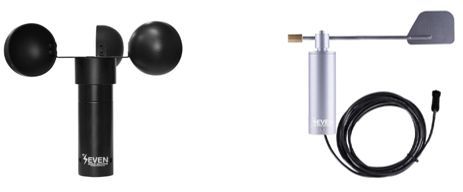
Relative Humidity Sensors
Relative Humidity Sensors are used for estimating of spectral variations that can impact the plant’s performance. As per IEC61724-1:2021, Relative humidity measurements may be used to estimate changes in incident spectrum which may affect PV module power output as well as irradiance sensor readings. Humidity data with ambient temperature data can also be used to calculate the times of wetness due to condensation. Relative Humidity Sensor includes a protective shield for more accurate measurement of the environment’s Humidity.
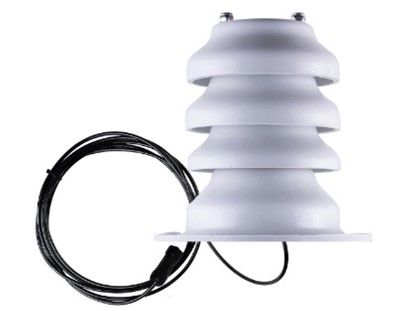
Other Environmental Sensors
Besides the above-mentioned sensors, some PV plants also use other types of sensors such as barometers, and rain gauges to measure atmospheric pressure and rainfall respectively. By using these sensors, plant operators can monitor the weather conditions and make necessary adjustments to ensure the optimum performance of the PV plant. Usually, people think that rain always helps in increasing the performance ratio by cleaning the panels. However, the different types of precipitation can have a range of effects, both good and bad, on PV plants. While heavy rainfall can reduce soiling by washing off dirt, light rainfall can increase panel soiling. On the other hand, hailstorms can cause serious damage to panels and other equipment in the plant.
In addition, Soiling Sensors, known also as dust sensors, are used to measure the soiling ratio in the plant and help the operators to plan the panels cleaning at the correct time. As per the made researches, the Soiling Ratio is equal to the Power Loss in a plant.
The Benefits of Using Meteorological Sensors in PV Plants
By using meteorological sensors, operators can monitor weather conditions such as wind speed and direction, temperature, humidity, and solar radiation. With this information, they can make informed decisions on how to optimize the performance of their PV plant.
Furthermore, meteorological stations can help plant operators identify potential issues before they become major problems. For example, if the station detects a drop in solar radiation, it may indicate that a panel is malfunctioning or has become dirty. This information can be used to schedule maintenance or cleaning, reducing the risk of downtime and lost revenue.
Overall, the benefits of using meteorological sensors in PV plants cannot be overstated. By providing accurate and real-time data on weather conditions, these sensors can help plant operators optimize the performance of their solar panels, increase efficiency, and ultimately generate more revenue.
